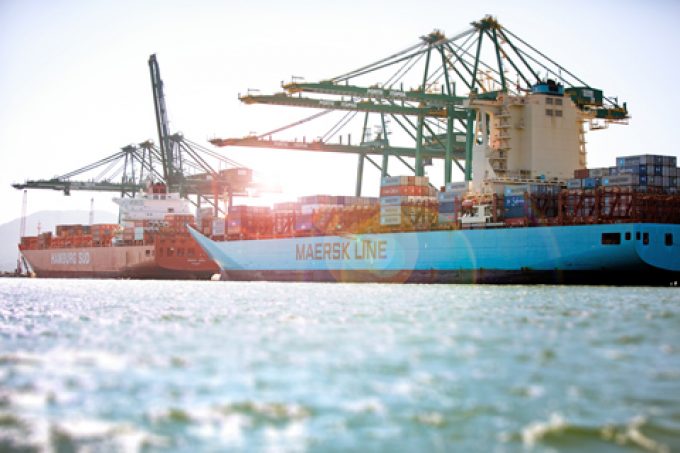Maersk Saltoro delay may mean multi-million dollar claims for cherry shippers
Chile’s cherry exporters could be looking at multi-million dollar losses after their shipments on the ...

Maersk Line will cull unprofitable services, cut capacity and reduce feedering in an urgent bid to stem losses caused by a toxic mix of low freight rates and soaring fuel costs.
The refocused Maersk Group recorded an net loss of $239m in the first quarter across its Ocean, Logistics & Services, Terminals & Towage and Manufacturing & Others business divisions.
Chief executive Soren Skou said the result was “unsatisfactory” and that “a number of short-term initiatives are being implemented to improve profitability”.
For Maersk Line, ...
Latest strike will cause ‘massive' disruption at German airports
CMA CGM pledges $20bn investment to boost US supply chains
CMA CGM could build medium-size vessels in US, says Saade
Asia-Europe FAK price hikes manage to halt 13-week rate decline
Box ship in collision with tanker off UK coast
Airlines rethink strategy as ecommerce to US begins decline
Ceva Logistics UK named and shamed as a 'serial late-payer'
White House can't see that trade war will hit US agriculture hardest

Comment on this article